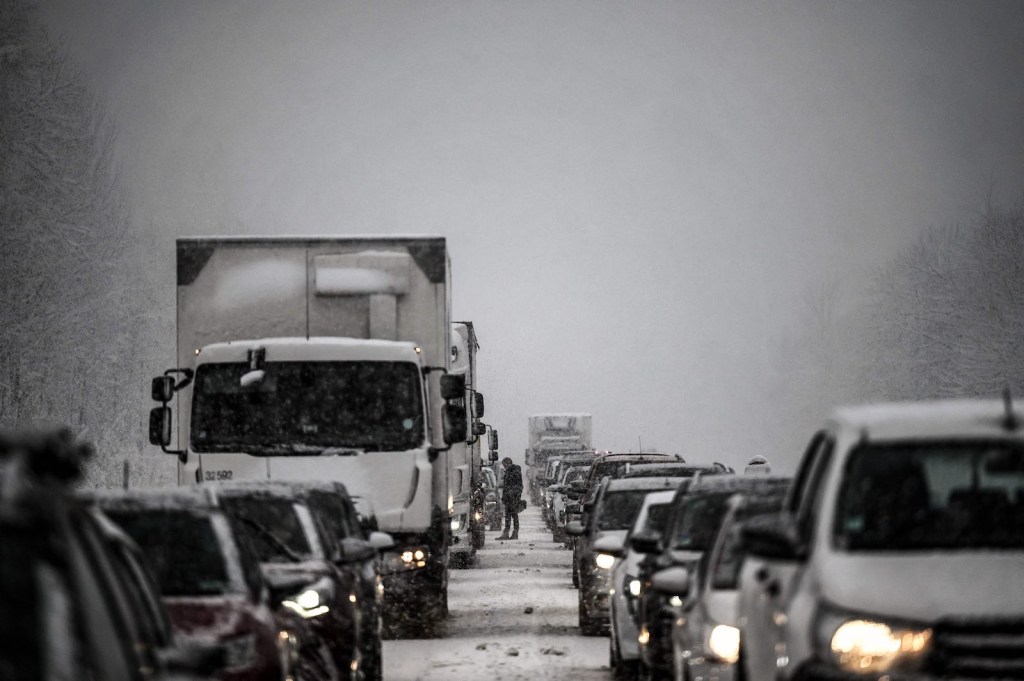
In-Car GPS Data Could be Used to Improve Traffic Signal Wait Times
All drivers experience the frustration of being stopped at a red light while few, if any, cars take a green through a different traffic direction. Or, being stopped at a signal that is poorly timed, giving a slew of cars little chance to traverse an intersection. As such, the University of Michigan recently conducted an experiment using in-car GPS data to try and alleviate the issue of long traffic signal stops.
The 18-month study is claimed to be the world’s first large-scale, cloud-based traffic signal retiming system. It used GPS data from General Motors cars traversing Birmingham, Michigan. Researches say by using this limited data, they were able to reduce the number of stops by 20-30 percent at signalized intersections. The number of GM cars in the area wasn’t specified, but U-M reported GM-branded vehicles account for 6-10 percent of cars currently on the road in the U.S.
U-M states the study “represents a major opportunity for communities to recalibrate their signal patterns at reduced costs.” Installing an adaptive signal timing system, the report notes, can cost up to $50,000 for a single intersection. U-M’s system, it claims, would cost “a fraction” of that figure.

The study claims there are about 320,000 signals in the U.S., and most operate of a time-of-day timing plan. These systems use the time of day to coordinate traffic signal timing around intersections to deliver fewer stops. Most drivers can attest these cycles aren’t always ideal.
The study instead used GPS data from cars included in the study to determine traffic patterns. For instance, a car coming to a stop 100 feet from an intersection “strongly indicates that it is behind at least three or four other vehicles.”
“The reason these signals should be changed more often is that traffic is always changing,” Henry Liu, U-M professor of civil engineering and director of the Mcity and the Center for Connected and Automated Transportation, said. “A good example is the traffic patterns we saw in the year before COVID’s arrival and the two years afterward. Your morning peak hour changed drastically with so many people working from home. When you see that kind of change you need to retime these signals.”
Of course, there would likely be a bevy of privacy concerns if this system were to expand into other areas and other brands. However, U-M is hopeful it will serve as a “scalable, sustainable and efficient” signal retiming solution.



